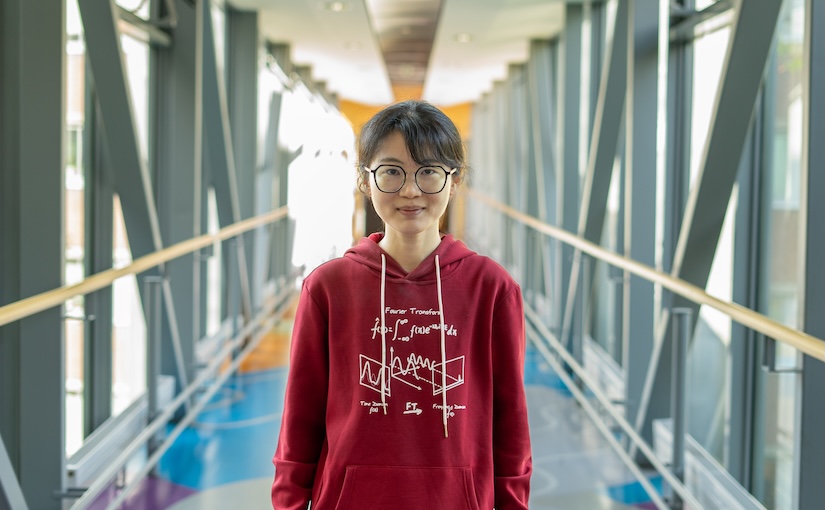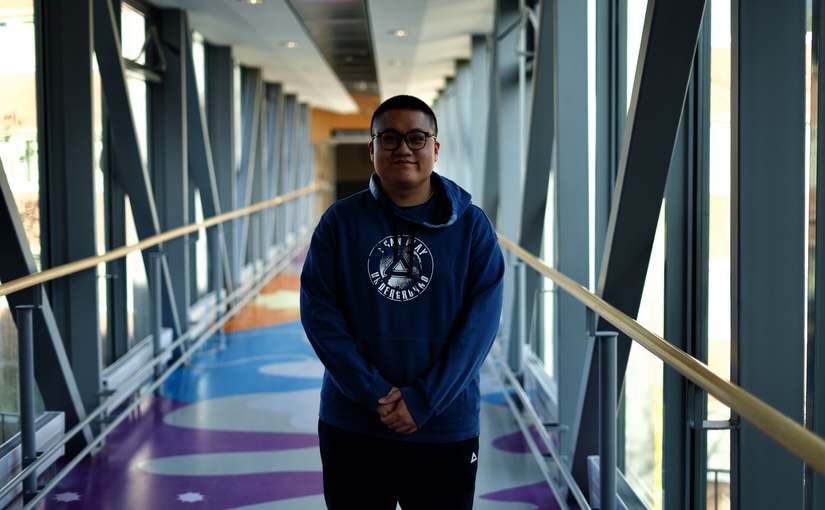
Daniela Pérez Guerrero, Jesús Manuel Antúnez Domínguez, Aurélie Vigne, Daniel Midtvedt, Wylie Ahmed, Lisa D. Muiznieks, Giovanni Volpe, Caroline Beck Adiels
arXiv: 2507.07632
Bacterial biofilms play a significant role in various fields that impact our daily lives, from detrimental public health hazards to beneficial applications in bioremediation, biodegradation, and wastewater treatment. However, high-resolution tools for studying their dynamic responses to environmental changes and collective cellular behavior remain scarce. To characterize and quantify biofilm development, we present a droplet-based microfluidic platform combined with an image analysis tool for in-situ studies. In this setup, Bacillus subtilis was inoculated in liquid Lysogeny Broth microdroplets, and biofilm formation was examined within emulsions at the water-oil interface. Bacteria were encapsulated in droplets, which were then trapped in compartments, allowing continuous optical access throughout biofilm formation. Droplets, each forming a distinct microenvironment, were generated at high throughput using flow-controlled pressure pumps, ensuring monodispersity. A microfluidic multi-injection valve enabled rapid switching of encapsulation conditions without disrupting droplet generation, allowing side-by-side comparison. Our platform supports fluorescence microscopy imaging and quantitative analysis of droplet content, along with time-lapse bright-field microscopy for dynamic observations. To process high-throughput, complex data, we integrated an automated, unsupervised image analysis tool based on a Variational Autoencoder (VAE). This AI-driven approach efficiently captured biofilm structures in a latent space, enabling detailed pattern recognition and analysis. Our results demonstrate the accurate detection and quantification of biofilms using thresholding and masking applied to latent space representations, enabling the precise measurement of biofilm and aggregate areas.










